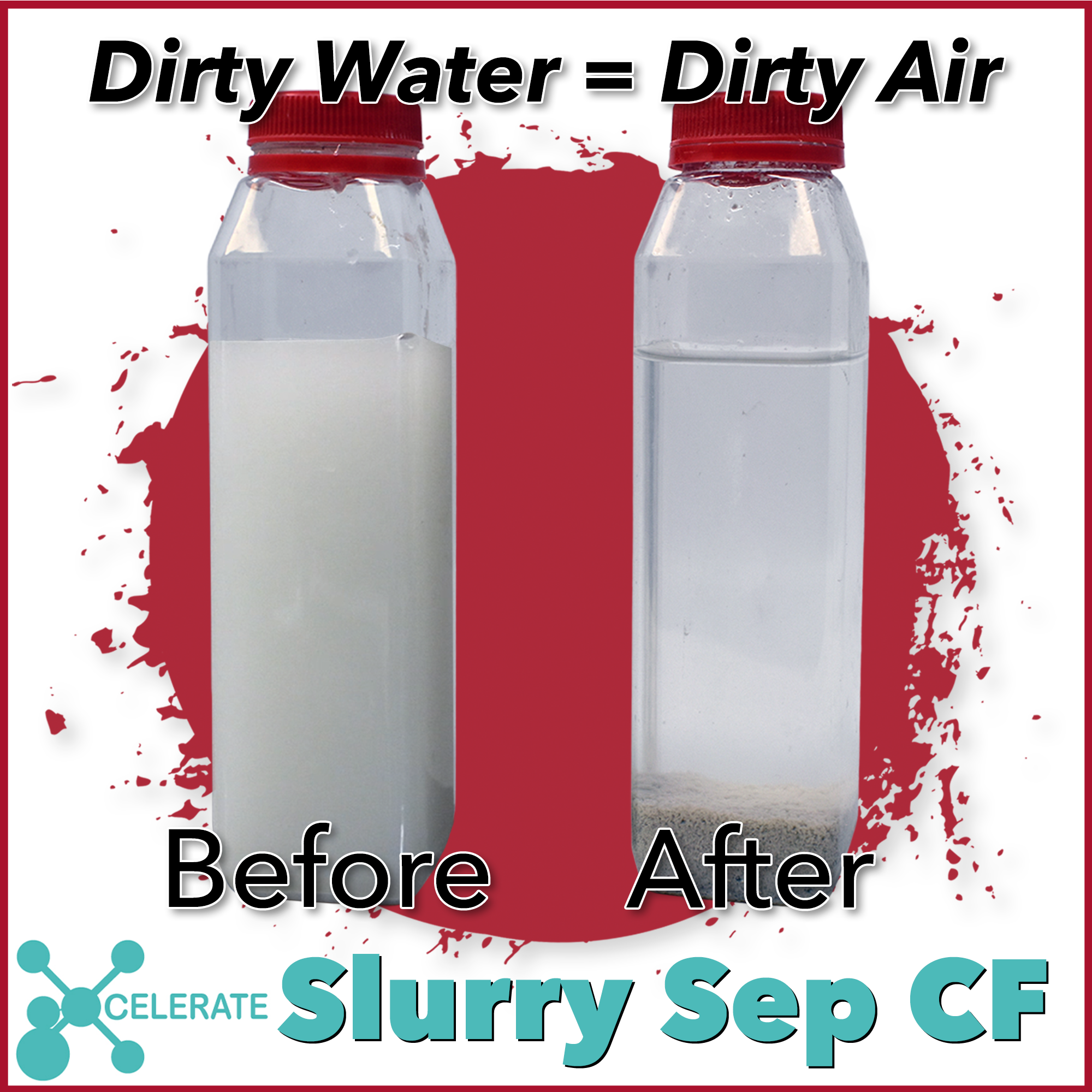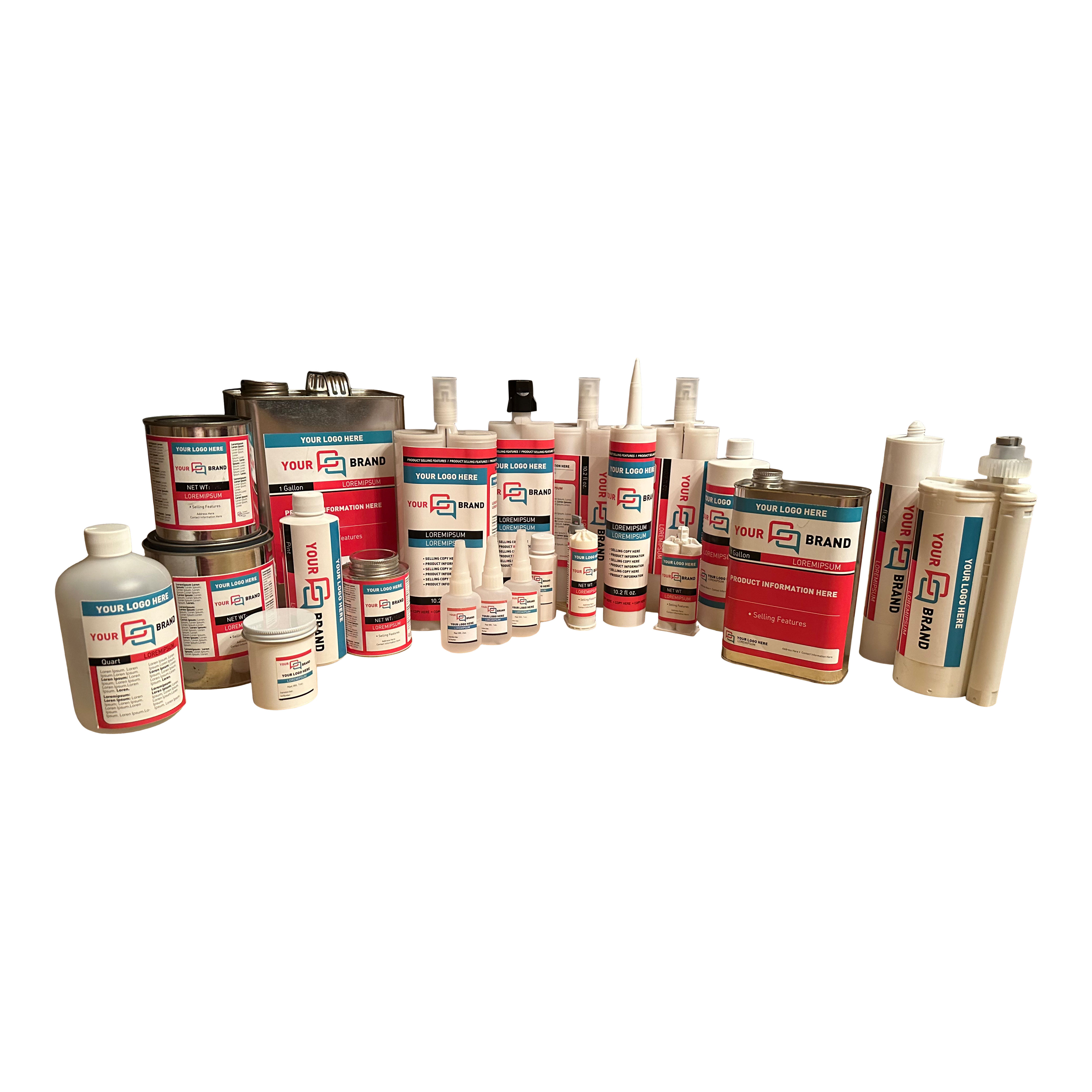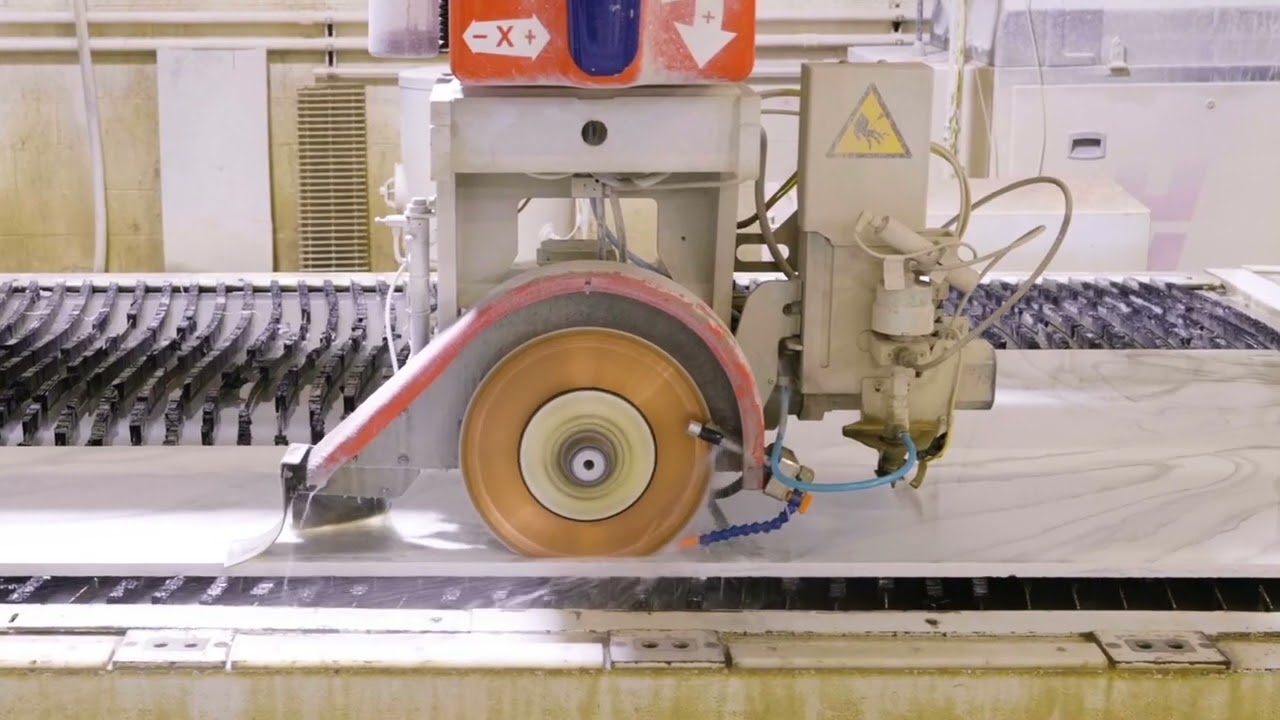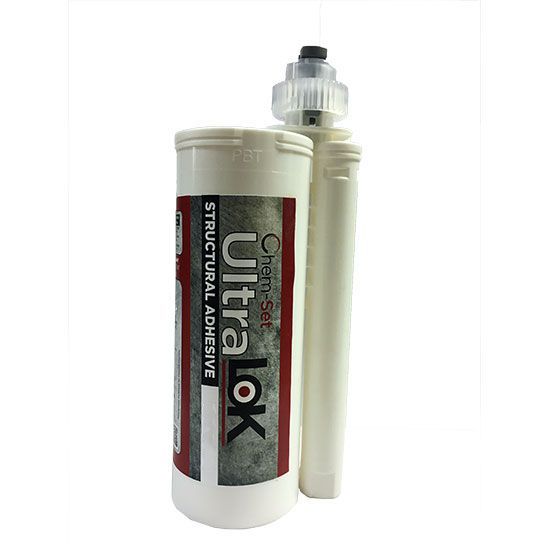
Adhesives Dictionary: Types of Two-Component Adhesives
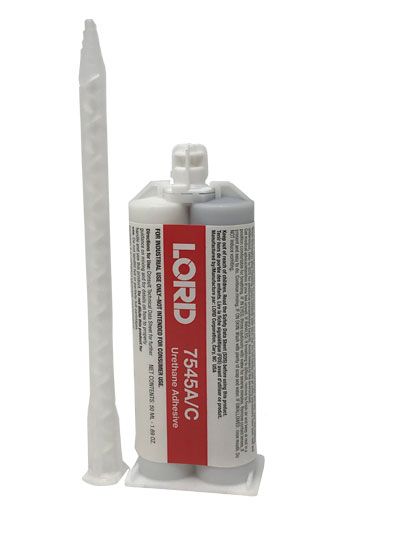 At Chemical Concepts, we carry numerous lines of adhesives with a variety of formulations to meet specifications on individual projects. Knowing which adhesives will drive quick production time and lack of waste is imperative to success.
At Chemical Concepts, we carry numerous lines of adhesives with a variety of formulations to meet specifications on individual projects. Knowing which adhesives will drive quick production time and lack of waste is imperative to success.
Today, we want to break down the four different types of two-component adhesives and what makes each one unique:
- Epoxies
- Methyl Methacrylates
- Silicone Adhesives
- Urethanes
Epoxies are Structural adhesives that are superior to a wide variety of substrate combinations that are generally very strong and chemically resistant. Working time is between 3 to 7 minutes and functional strength is obtained within an hour. Some epoxies are thixotropic with an excellent gap filling property. Most epoxies are a 1:1 ratio.
Epoxy adhesives, such as the LORD 310 A/B Epoxy Adhesive, are capable of bonding metal, plastic, fiber reinforced plastic (FRP), glass, and some rubbers. Some of the most useful features of two-component epoxy systems include:
- Vibration and shock resistance
- Gap-filling capability
- Uniform stress distribution
- Exceptional dissimilar substrate adhesion
- Solvent-free formulation
- And much more!
Methyl methacrylate (MMA) two-component adhesives provide faster strength buildup than epoxy adhesives, and are more tolerant of unprepared surfaces. This makes methyl methacrylates a great option for the automotive industry as well as in rail car manufacturing.
Methyl methacrylate adhesives are praised primarily for their strength, toughness, and flexibility; take our Chem-Set Ultralok 310, for example. Flexibility is particularly important in MMA adhesives due to the tendency for these adhesives to be used for bonding dissimilar substrates. For example, bonding non-yielding metal with flexible plastic requires a high-flex adhesive to avoid shearing failure.
MMA are reactive acrylic adhesives comprising of resin and initiators (hardener) which cures quickly at room temperature and strength development is rapid. In some cases, cure profile can be adjusted more readily than any other type of two component adhesives. MMA’s cure to a hard-brittle film and are formulated with modifiers to provide tough bond lines that resist peel and cleavage stresses as well as impact.
Silicone adhesives are generally used for production line assembly due to the fast cure times and exceedingly strong bonds. Two-component silicones are often used when the available humidity in the air isn’t quite high enough to warrant using a single-component silicone, since two-component variants require less moisture to produce the same cure.
Two-component silicones are ideal when the adhesive film thickness is over ¼” and the adhesive needs to cover a large bonding area, as this will prove to be too difficult for a single-component adhesive to handle without bond failure.
Finally, two-component urethane adhesives are one of the most versatile types of two-component adhesives on the market. By mixing with different ratios of resin and hardener, the adhesive can achieve a wide range of cured properties, from soft and flexible to tough and elastic, all the way up to hard and rigid.
Urethane adhesives, such as our LORD 7545 A/C adhesive, are excellent for bonding materials with different flexibility or different thermal coefficients, such as glass to metal, FRP to metal, and aluminum to steel.
Two-component adhesives are widely suited to any number of projects, both large and small-scale. Not sure which adhesive is right for you? Our representatives are here to help! Give us a call, toll-free, at 1-800-220-1966 or send us an email at sales@chemical-concepts.com. We look forward to hearing from you!

